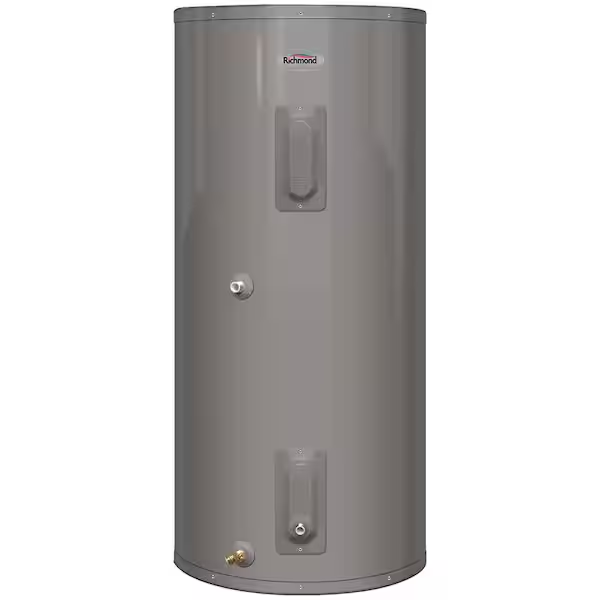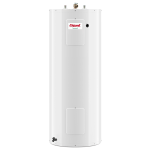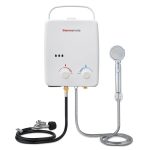Electric water heater play a vital role in modern households, providing a consistent supply of hot water for cooking, cleaning, bathing, and other daily needs. How electric water heater works? Understanding how these devices operate can help homeowners make informed decisions regarding installation, maintenance, and energy efficiency. This article explores the essential components of electric water heaters, how they work together to heat water, and key considerations for enhancing their performance and lifespan.
Overview of Electric Water Heaters
Types of Electric Water Heaters
Electric water heaters come in two primary types: tank and tankless (or on-demand) systems. Understanding these distinctions is crucial for homeowners when assessing their hot water needs.
- Tank Water Heaters: These are traditional units that store a specific amount of hot water in an insulated tank. They continuously heat water to maintain the desired temperature. When hot water is used, the heater replenishes the tank with cold water, heating it when needed.
- Tankless Water Heaters: Also known as on-demand heaters, these units heat water directly without using a storage tank. When a hot water tap is turned on, cold water flows through the unit, where it is heated by electric coils. This method provides a constant supply of hot water but may have limitations in flow rate, depending on the model.
Why Choose Electric Water Heaters?
Electric water heaters offer several advantages over gas models. They generally have lower upfront costs and are easier to install because they do not require venting for exhaust gases. Electric models are also available in various sizes to fit different household needs, making them a versatile option for any home.
Moreover, electric water heaters can be more efficient in some cases, especially in areas where electricity costs are lower than gas. Understanding the benefits of electric water heaters can help homeowners choose the right system for their needs.
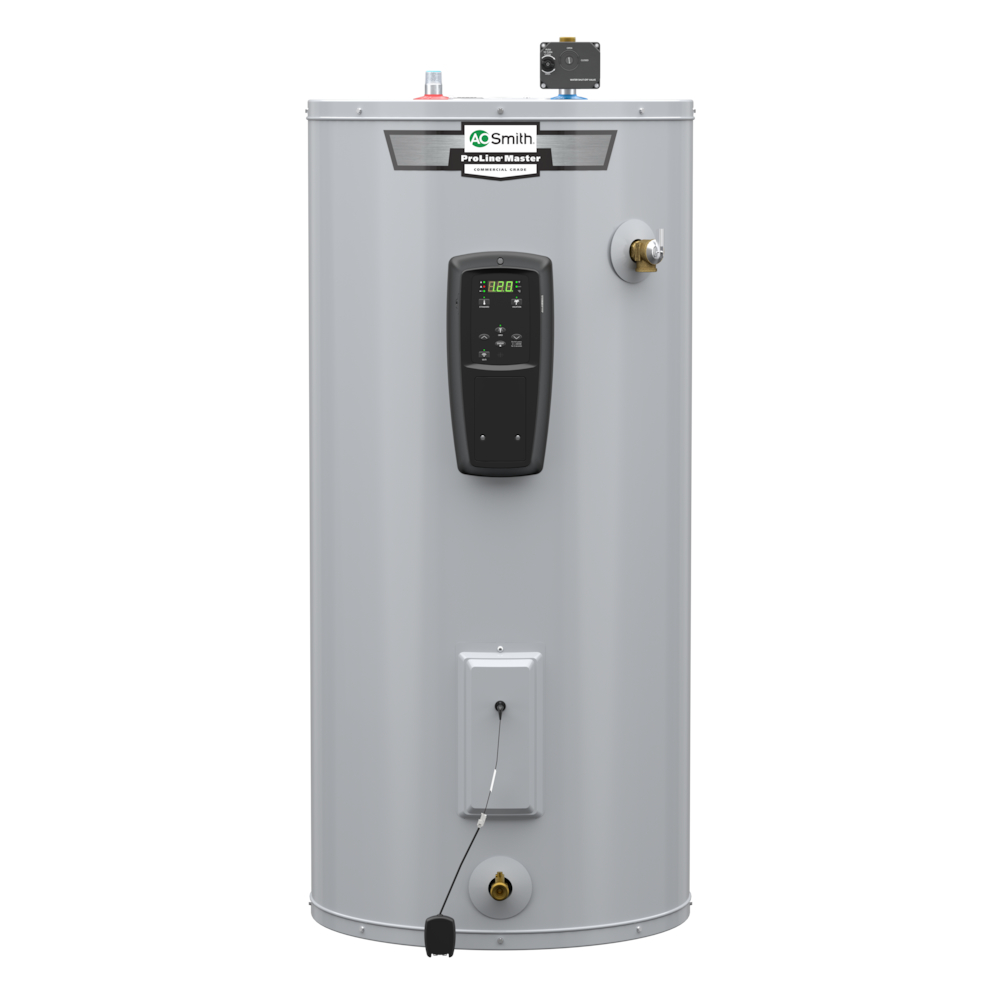
Key Components of Electric Water Heaters
Heating Elements
Heating elements are the heart of electric water heaters. Most electric tanks use two heating elements: one near the bottom of the tank and another near the top. The bottom element heats the water that enters the tank while the upper element maintains the top layer of hot water, ready for use.
These elements are typically made of a durable alloy and are designed to withstand high temperatures. Depending on the water heater’s capacity, the wattage of the heating elements can vary, usually ranging from 3,000 to 5,500 watts. Each element has a thermostat that controls its operation, ensuring the water reaches the desired temperature.
Thermostats
Thermostats are essential components that regulate the water temperature in electric water heaters. Most models feature one or two thermostats, depending on the design. The main function of the thermostat is to monitor water temperature and turn the heating elements on or off as needed.
If the water temperature drops below the set level, the thermostat will signal the heating elements to activate and raise the temperature. Once the water reaches the desired temperature, the thermostat disables the heating elements. This cycle continues as hot water is used, ensuring a steady supply while preventing overheating.
The Water Tank
Insulated Storage
In traditional tank water heaters, the tank serves as the storage unit for hot water. Tanks are typically insulated to minimize heat loss, ensuring that the water remains at a constant temperature even when unused. Look for tanks with high insulation efficiency to save energy, as poorly insulated tanks can lead to significant heat loss and higher energy bills.
Most tanks are made from steel or other durable materials, often lined with a glass coating to prevent rust and corrosion. The longevity of the tank depends on the quality of materials used and regular maintenance, such as flushing to remove sediment buildup.
Capacity Considerations
When choosing an electric water heater, the tank’s capacity is a critical factor. Tanks come in various sizes, typically ranging from 20 to 80 gallons, depending on household needs. Consider the number of people in your home and peak hot water usage times when selecting a capacity.
A smaller tank might suffice for a single individual or a couple, while larger families may require a higher capacity to accommodate simultaneous uses, such as showers and laundry. Proper sizing is essential for ensuring a reliable hot water supply without unnecessary energy waste.
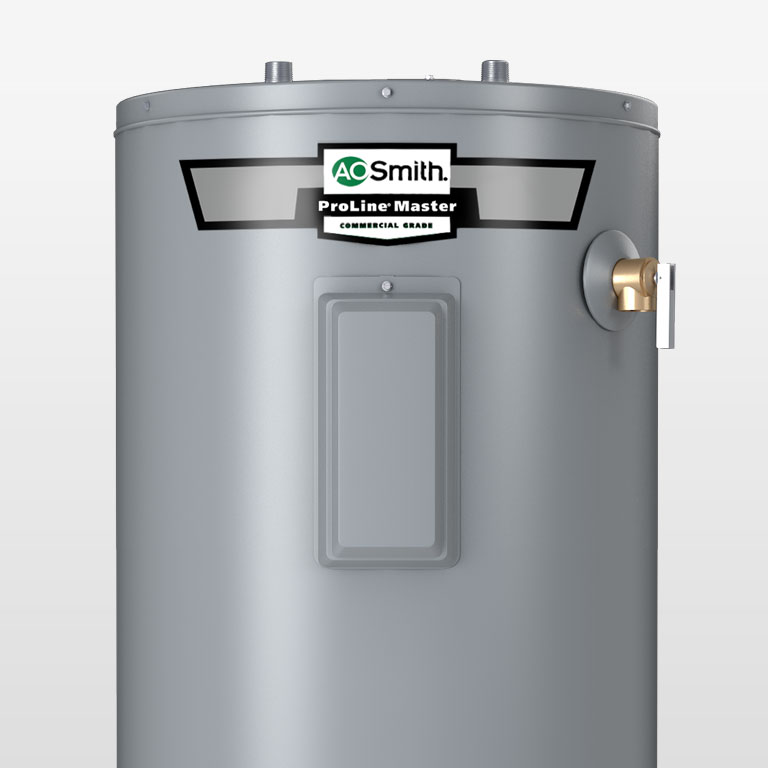
Electrical Supply and Circuit Breakers
Power Requirements
Electric water heaters require a dedicated electrical supply to operate effectively. Most residential electric water heaters operate on 240 volts, which typically necessitates a two-pole circuit breaker. This higher voltage can support the heating elements’ power requirements, allowing for efficient water heating.
Homeowners should consult a qualified electrician to ensure the electrical system can handle the water heater’s power demands. An improper electrical supply can lead to inefficiency or safety hazards. It’s critical to ensure that the wiring and circuit breaker meet local codes and regulations.
Safety Features
Circuit breakers play an essential role in protecting electric water heaters from electrical overloads. If an issue arises, such as a short circuit, the breaker will trip, cutting off power to the unit and preventing potential hazards like electrical fires. In addition to circuit breakers, some water heaters come equipped with safety features, such as temperature and pressure relief valves, to prevent excessive pressure buildup.
Regular maintenance and inspections help ensure these safety features work correctly. Homeowners should take proactive steps to ensure that their water heating system operates safely and efficiently.
Pressure Relief Valve
Purpose and Functionality
The pressure relief valve, also known as the TPR (temperature and pressure relief) valve, is a vital safety component in electric water heaters. Its primary function is to release excessive pressure that may build up inside the tank due to overheating or malfunction.
If the temperature or pressure exceeds the safe limits, the valve opens automatically, allowing hot water to escape safely. This feature prevents potential ruptures or explosions, which can pose serious risks to safety.
Maintenance Tips
Regular checks of the pressure relief valve are crucial for ensuring the safety of the water heater. Homeowners should test the valve at least once a year by lifting the lever and allowing a small amount of water to escape. If water flows freely, the valve is functioning correctly. However, if it remains stuck or leaks continuously, it may need replacement.
Understanding the importance of the pressure relief valve and maintaining it appropriately can enhance the safety and longevity of your electric water heater.
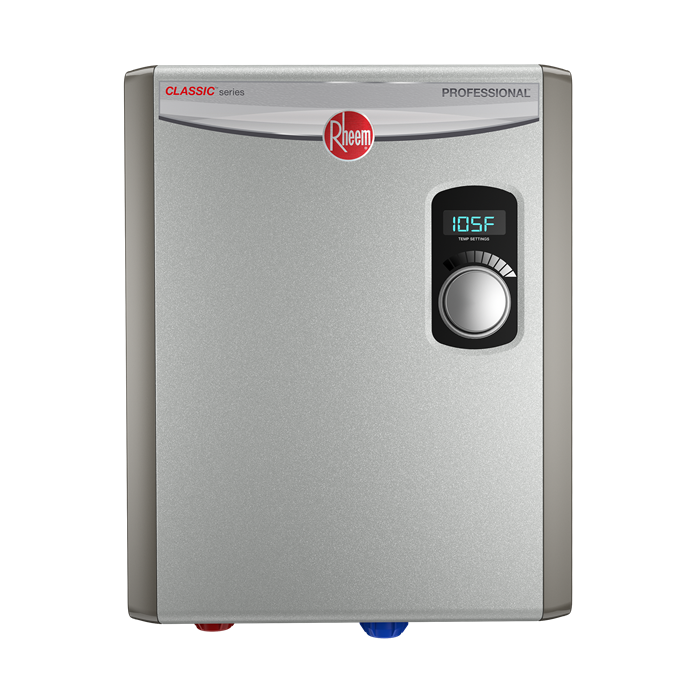
Anode Rod: The Protectant
Role of the Anode Rod
The anode rod is a crucial component that helps extend the lifespan of electric water heaters by preventing corrosion inside the tank. Typically made of magnesium, aluminum, or zinc, the rod is designed to corrode instead of the tank lining, sacrificing itself for the durability of the system.
Over time, the anode rod will deteriorate, creating a protective layer. Without this rod, the tank would be susceptible to corrosion and rust, which would significantly shorten its lifespan. Replacing the rod regularly can save homeowners from costly repairs or premature tank failures.
Replacement Guidelines
Inspecting the anode rod every few years is a good practice. If it appears heavily corroded or is less than half its original size, replacement is necessary. The process usually involves draining the tank and removing the old rod for a new one. Homeowners may choose to perform this task themselves or hire a professional plumber to ensure that it is done effectively.
Energy Efficiency and Maintenance Tips
Enhancing Energy Efficiency
Energy efficiency is a key consideration for electric water heaters. Here are several actionable tips to improve efficiency:
- Set the Right Temperature: The recommended temperature for domestic hot water is around 120°F. Setting it to this level can improve safety and reduce energy consumption.
- Insulate the Tank and Pipes: Insulating the water tank and hot water pipes minimizes heat loss, keeping water hot longer and reducing energy costs.
- Use Timers: Using timers or smart technology can help you optimize heating schedules, ensuring that the water heater only operates when needed.
Regular Maintenance Practices
Routine maintenance can help preserve your electric water heater’s performance and extend its lifespan. Key maintenance practices include:
- Flushing the Tank: Sediment buildup can affect efficiency and performance. Flushing the tank annually helps remove debris and improves function.
- Checking for Leaks: Regularly inspect the connections and tank for signs of leaks. Addressing issues early can prevent further damage and costly repairs.
- Testing Safety Features: Regular checks of safety features, including the pressure relief valve and thermal cutoff, ensure that your water heater operates safely.
By implementing these tips, homeowners can enhance the efficiency and longevity of their electric water heaters, ultimately saving money and maximizing comfort.
Conclusion
How electric water heater works? Electric water heaters are essential appliances that provide reliable hot water for various household needs. Understanding the key components, such as heating elements, thermostats, and safety features, empowers homeowners to make informed decisions about installation and maintenance. By familiarizing yourself with your water heater’s workings and following best practices, you can ensure optimal performance, safety, and longevity in your system. Whether you are considering purchasing a new electric water heater or maintaining your current model, this knowledge is invaluable in achieving efficient and effective hot water solutions for your home. Stay informed, stay safe, and enjoy the comforts of reliable hot water!
